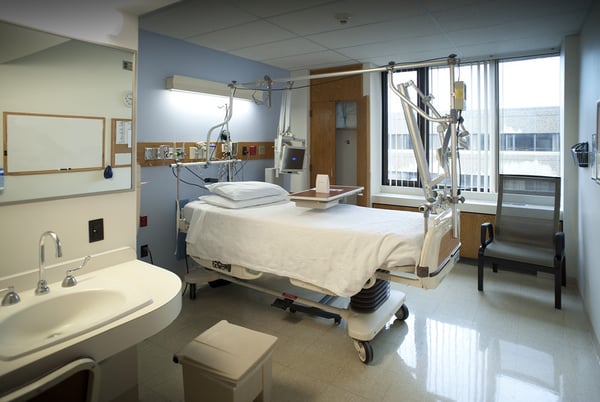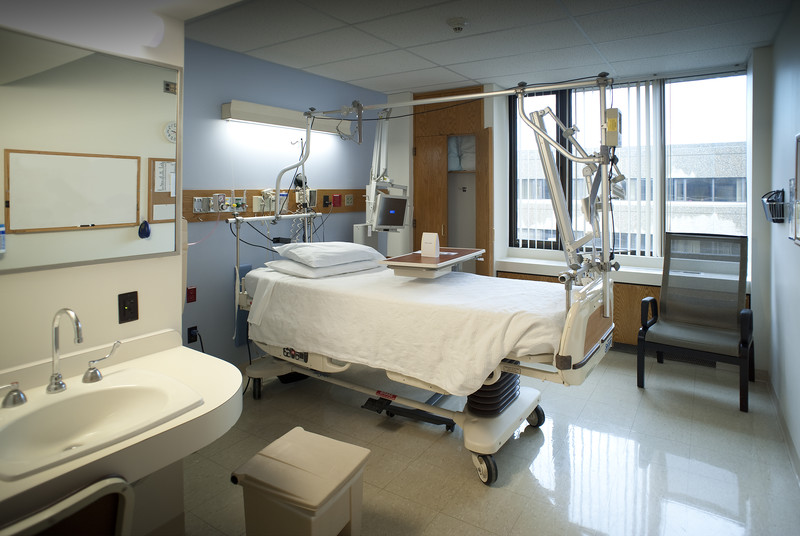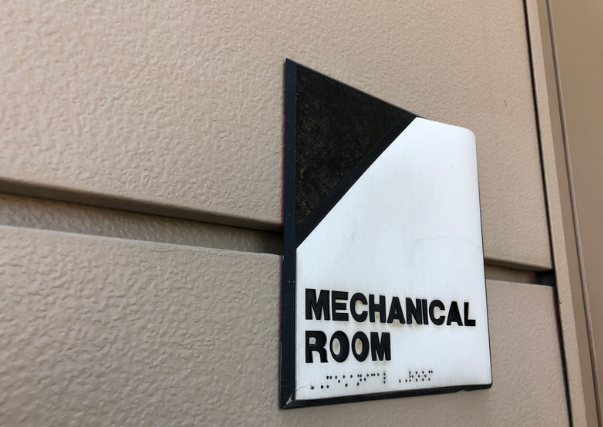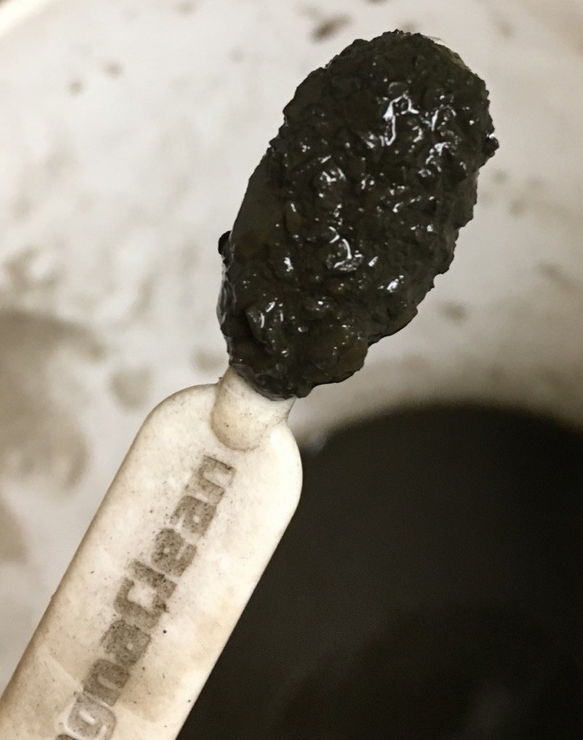 Hospital HVAC systems work overtime. Every day of the year, around the clock, they must be working properly for patient comfort, maintaining air quality and keeping airborne disease transmission at bay. And, since HAIs (Hospital-acquired Infections) are a hot topic among hospital administrators and the news media, system designers and facilities managers are increasingly pressured to ensure that systems are chosen, installed and maintained with care.
Hospital HVAC systems work overtime. Every day of the year, around the clock, they must be working properly for patient comfort, maintaining air quality and keeping airborne disease transmission at bay. And, since HAIs (Hospital-acquired Infections) are a hot topic among hospital administrators and the news media, system designers and facilities managers are increasingly pressured to ensure that systems are chosen, installed and maintained with care.
That's all well and good. But control valves are only a small part of a hospital HVAC system. Can they really have an impact on the overall success (and failure) of how the system operates?
The answer is yes. Here are three ways control valves improve hospital HVAC systems and why design engineers, design/build contractors and facilities managers need to pay close attention to their control valves.
1. Reduce energy requirements. According to Griswold Controls, a manufacturer in the comfort business for over 55 years, controlling the flow rate of hot or cold water to the coils is a critical component of improved efficiency. Griswold has an automatic flow limiting cartridge which controls the flow regardless of pressure changes in the system. This helps ensure that the coil performs at the engineer's design Delta T at all times. Efficient!
2. Guaranteeing heating and cooling in critical applications. ASHRAE recommends that operating room temperatures be kept between 66 to 68 degrees Fahrenheit with a humidity percentage of 70. Keeping the temperature and humidity stable in operating rooms is critical to patient health and safety. Pressure independent control valves can control the flow at all times, even in reduced load conditions, in order to keep the climate precisely controlled.
3. Maintain comfort. When we address comfort requirements in hospital applications, we understand that hospital HVAC systems work hard and we need to install components that contribute to the health, safety and overall comfort of patients and hospital staff. Due to extensive amounts of equipment that generate heat, bright lighting and refrigeration equipment, most hospitals require year-round cooling. Using automatic flow limiting valves and pressure independent valves, the flow rate at the coil meets design specs from system startup and as loads change. Removing the need to balance and protecting coils from change flows helps guarantee correct temperature control at all times.
Incorporating the right control valves in hospital system design can help reduce energy, maintain comfort and guarantee heating and cooling to keep hospitals running efficiently and patients and staff comfortable!
Blog photo courtesy of (c) Can Stock Photo / Babar760











Submit a Comment